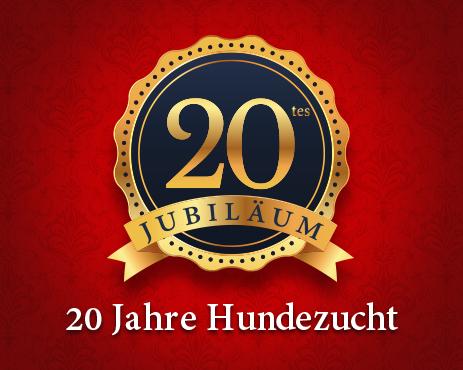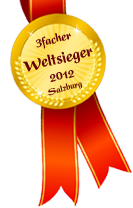Bavarian Mountain Hound (BMH) and Hanoverian Mountain Hound (HS)
History
Bouth breeds are special german predigree dogs.
The BMH is breeded from the HS and the red Bracken. The HS was toomassy, too big and too heavy to work up in the bavarian mountains, were the have to go steppy downhill or uphill. So the hunderts in that regions needed dogs who are smaller and lightfootedly to „climb“ in the mountains. The HS dog-breeding starteds in the early nineteenth century in the Place of Hanover and the BMH is developed in the late nineteenth century in Bavaria.
BMH an HS are common in Germany and the European mountain regions and well known as hunting dogs especially as scenthounds.
At the moment they becom popular as „police-dogs“.
Physical Description
BMH:
Is a medium-sized, short-halred dog with a miscular body. The coat is smooth, brown, dark brown, golden rust or red (so called „deer-red“).
Mostly the face is black. White parts or completely bick dogs are not allowed. The long, thin ears are rounded at the end. The height is 19,60 – 20,40 inches (male) and 18,80 inches (female)
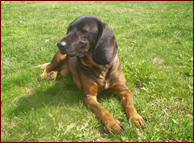 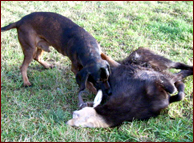
HS:
Is a medium to large-size dog and is more massy than the BMH and a little bit bigger. The coat is short and smooth, brown, dark-brown and sometimes black brindled. The height is about 19,60 – 21,6 inches (male) and 18,80 – 0,80 inches (female).
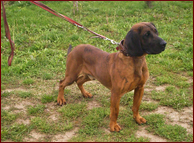
Character
They are easygoing with their handler or family but wary with strangers; but not aggressive if it is not absolutely necessary. They are caim, but not shy and have a lot of selfconfidence. They are kid-friendly and fun-loving dogs. They are fearless, intelligent, clever and indefatigable hard workers. Even when the circumstancs (bad weather...) are difficult, they will do their job very well.
They are a little bit one-minded.
They need an active lifestyle with exercices or an job.
Possible health concerns are none known.
They can live in kennel but they are happiest if they can be a part of the family (their „pack“) and can live in the house.
They need a lot of love and wanted to be treated like „kids“; they are enjoing body-contact (for example sitting next to your feet). If they are treatedlovley and friendly (and fair!), this breeds are the best companions!!
Training (Hunting Training)
Dogtraining starts in puppyhood and continues throughout a dog's life. The basics training is the same as you have to do with any dog – teaching the basic obedience commands like „come“, „sit“ „stay“...
Beyond this (puppy) training you can start with special trainingsessions.
Special training for BMH / HS
Take two legs of a dead deer (or any other animal, you are hunting for) and attach each of them to a stick. (InGermany you can buy special shoes - „scent-shoes“ - to do this work). With this sticks you can imitate the scent of the deer. In the beginning make a short distance; 200 – 300 meters. It's necessaryto wear rubber boots that the dog can't follow your (human) scent. At least wait three or four hours before starting to work out the scent-route.
At the end of your selfmade scent-route the dog should find the coat of the deer (use legs and coat of the same animal only); don't mix it)
Let trainingsessions always end on a positive note – give something special to eat and tell your dog, that he has done his job very well!
Make the distance between start and end in each lesson a bit longer and make some hooks. Be careful, don't push the young dog too fast or too far and don't bring him into frightening situations or expecting too much. He is still learning! This dogs are very sensible but intelligent enough to understand, waht's their job. It's a natural talent to work on a scent by using the nose.
During the traningsessions the handler can learn a lot about his dog; he can study the dog's reactions while he is working on the scent.
This dog's will show you even the smallest parts he is findng on the scent (little peaces of bones, little drops of blood, hairs...), so you needed sometimes a magnifying glass to see, what the dog is showing you.
If the dog has found the dead animals he calls his handler with his vocal or he catches a part of his dog-collar with his mouth and goes back to his handler and shows him, that he has found the prey.
If the animal is still alive he will hold It in check and encircles the animal till his handler is comming to shoot the animal or the dog is going to kill it by bitting in the windpipe and jugular vein region. Then the dog is waiting for his handler even he needs some hours or days to find his dog. During this time it is not allowed that the dog is cating of the prey.
Responsible hunters in Germany are absolving special courses of instruction to handle the dog in this special way. |




